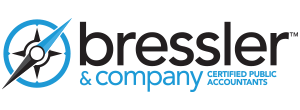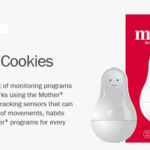2015 Transition Relief under the Employer Shared Responsibility Provisions
Under the Affordable Care Act, certain employers – referred to as applicable large employers (ALEs) – are subject to the employer shared responsibility provisions,which require ALEs to offer affordable minimum essential healthcare coverage that provides minimum value to full-time employees and their dependents (but not their spouses). Failure to do so can result in the employer being liable for substantial penalties that the government refers to as shared responsibility payments.
Note: Whether an employer is subject to employer shared responsibility provisions is based upon the number of equivalent full-time employees (EFTEs) employed by the employer, generally in the prior year. However, the rules that determine who is a full-time employee are complicated. Generally, anyone who works at least 30 hours per week (or 130 hours in a calendar month) is considered a full-time employee. Part-time employees are those who are not full-time employees. All the hours worked by part-time employees for the month are combined and divided by 120, and this result is added to the number of full-time employees. This sum is the number of EFTEs for the month.
Example – Equivalent Full-Time Employees – For his business, John has 45 full-time employees and 20 part-time employees. In January 2016, his part-time employees worked 960 hours. That is the equivalent of 8 (960/120) full-time employees. Thus, John employed 53 (45 + 8) EFTEs in January. In this case, John’s business is subject to the employer shared responsibility provisions, but it is only required to offer coverage to full-time employees and their dependents.
The employer shared responsibility provisions were first effective on January 1, 2015, but transition relief from certain requirements is available for 2015, including the following:
- ALEs with fewer than 100 EFTEs won’t be assessed an employer shared responsibility payment for 2015 provided that certain conditions were met regarding the employer’s maintenance of the workforce and preexisting health coverage. ALEs that are eligible for this relief must provide a certification of eligibility as part of the required information reporting for 2015.
- ALEs were not required to offer coverage to full-time employees’ dependents for the 2015 plan year, provided that they meet certain conditions – including that they take steps to arrange for such coverage to begin in the 2016 plan year and that they do not drop current dependent coverage.
- In general, if an ALE does not offer minimum essential coverage to at least 95 percent of its full-time employees and their dependents, it may owe an employer shared responsibility payment based on its total number of full-time employees. For 2015, 70 percent is substituted for 95 percent. However, even if an employer offers minimum essential coverage to at least 70 percent of its full-time employees and their dependents for 2015, it may still owe the separate – generally smaller in the aggregate – employer shared responsibility payment that applies for each full-time employee who receives the premium tax credit for purchasing coverage through the Health Insurance Marketplace.
- If an ALE is subject to the employer shared responsibility payment because it doesn’t offer minimum essential coverage to its full-time employees and their dependents, the annual payment is generally $2,000 for each full-time employee – adjusted for inflation – after excluding the first 30 full-time employees from the calculation. For 2015, if ALEs subject to this employer shared responsibility payment have 100 or more EFTEs, their payments will be calculated by reducing the number of full-time employees by 80 rather than 30.
- Transition relief is available for certain employers that sponsor non-calendar-year plans for the months in 2015 prior to the beginning of the 2015 plan year, if the employer and the plan meet various conditions.
- Rather than being required to measure their ALE status based on the number of EFTEs for all twelve months of 2014, employers may instead base their 2015 ALE status on any consecutive six-month period from 2014 – as chosen by the employers.
For an employer with a non-calendar-year plan, the first four types of transition relief listed above also apply for the months in 2016 that are part of the 2015 plan year.
If you have questions related to your company’s employer shared responsibility, please give us a call at Bressler & Company – 559.924.1225. We’d be happy to help you figure out your situation.





